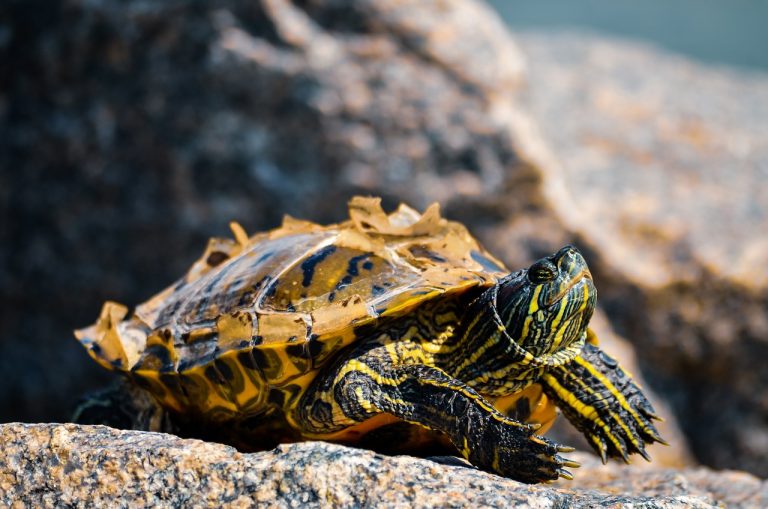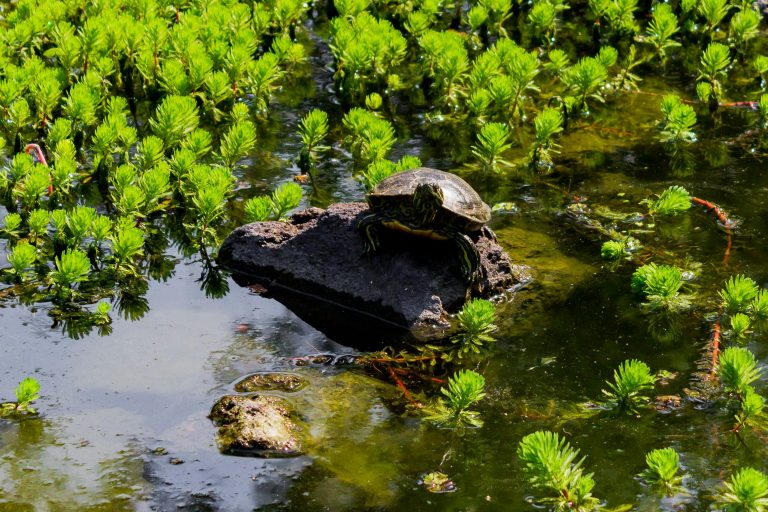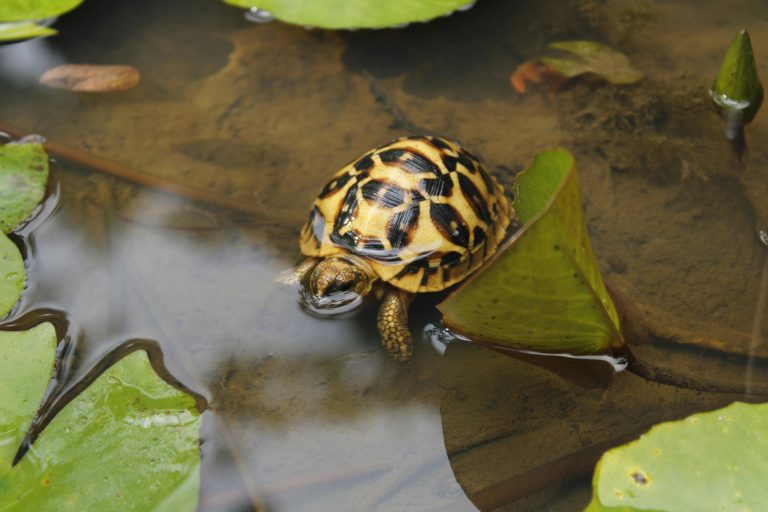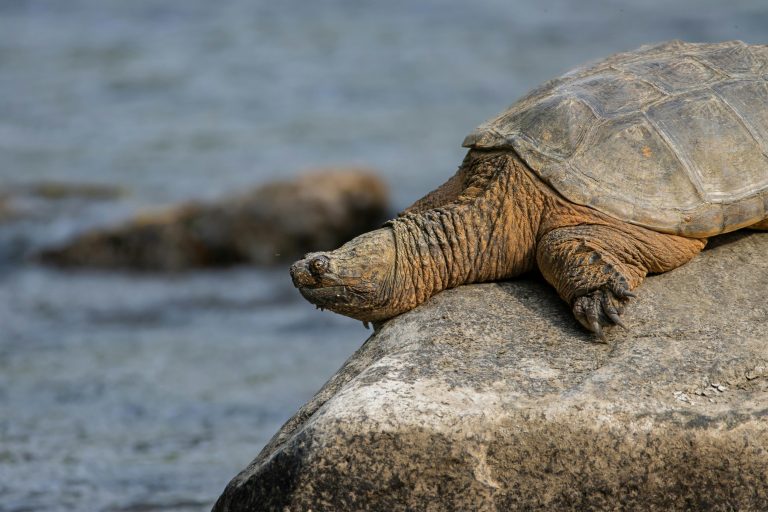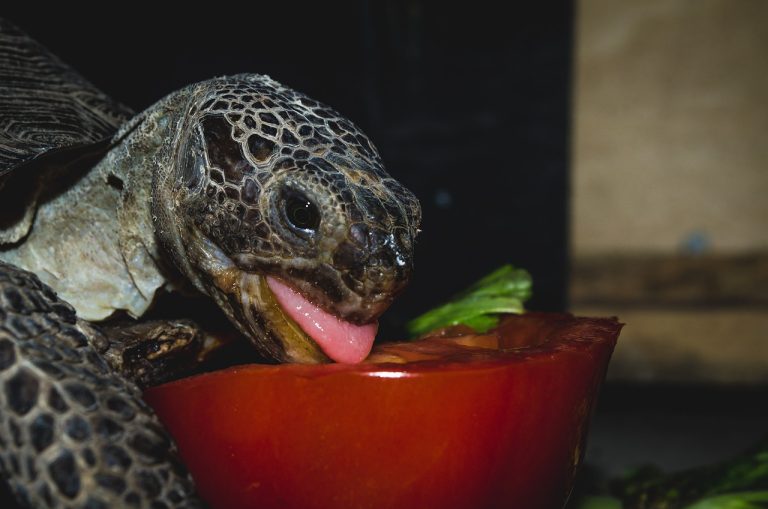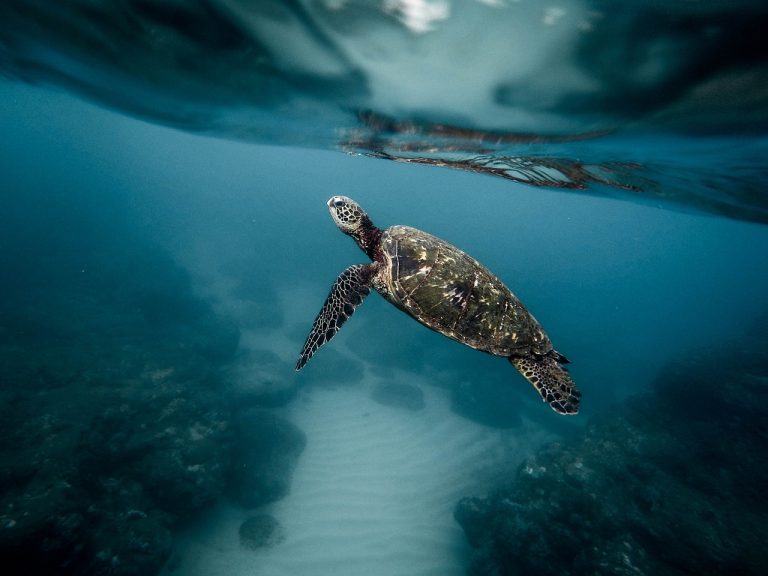Do Painted Turtles Hibernate In Captivity?
We’re all aware that turtles are cold-blooded reptiles. Unlike warm-blooded mammals like us, which have various methods to regulate body temperature, turtles primarily rely on hibernation to survive harsh winter conditions.
But do painted turtles hibernate in captivity under favorable conditions? Let’s explore this in detail.
Yes, painted turtles do hibernate in captivity, provided that you create the appropriate conditions for them to do so.
Now, let’s delve into what hibernation entails and how you can induce hibernation in your pet turtles if desired. Additionally, we’ll discuss how to care for them during this period of dormancy. Stay tuned, as all your questions will be addressed.
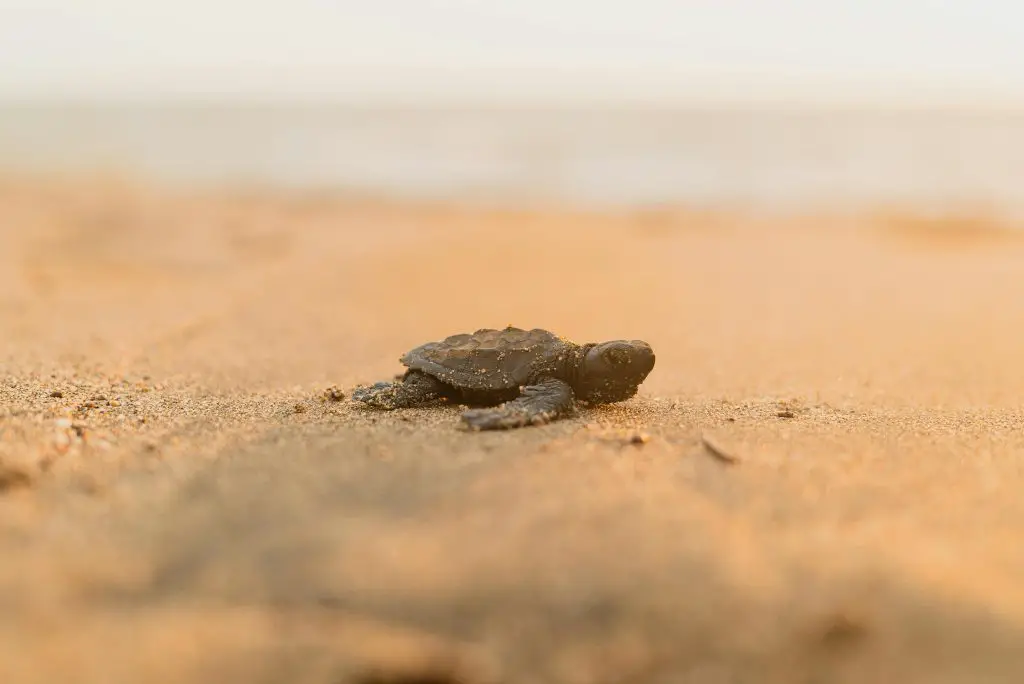
What Is Hibernation?
Here are some key points about turtle hibernation:
- Turtles hibernate during the winter to enter a state of inactivity, conserving their energy during the colder months.
- Being cold-blooded animals, turtles rely on external sources of warmth to maintain their body functions. Hibernation allows them to adapt to the colder temperatures by slowing down their metabolism.
- Hibernation is a natural behavior for turtles and is essential for various aspects of their life cycle, including reproductive cycles. Allowing older turtle pets to hibernate can facilitate reproduction and the growth of baby turtles.
- Hibernation plays a crucial role in regulating the physiological processes of turtles, ensuring their overall health and well-being.
How To Make Your Turtle Hibernate And Take Care For It?
Know The Initial Weight Of Your Turtle:
During the hibernation period, it’s important to monitor your turtle’s weight to ensure its health and well-being. Begin by recording your turtle’s initial weight before hibernation begins. This serves as a baseline for comparison.
To track your turtle’s weight during hibernation, use the same scale you used initially every 2-3 weeks. A digital scale is preferred for accurate measurements.
Regular weight monitoring allows you to observe any changes in your turtle’s weight, ensuring that it’s losing weight at a healthy rate. If you notice significant or rapid weight loss, it may indicate underlying health issues that require attention.
Feed Your Turtle Plenty Amount Of Vitamin A And Fiber:
When preparing your turtle for hibernation, it’s important to ensure it receives adequate levels of Vitamin A and fiber, as these nutrients are essential during this period. Here are some good sources of Vitamin A and fiber for painted turtles:
- Meat Sources (Vitamin A): Painted turtles, being omnivores, enjoy a diet that includes both meat and plants. Fish is a good source of Vitamin A for them and can be included in their diet.
- Plant Sources (Vitamin A): Leafy vegetables such as broccoli, kale, mustard greens, and collard greens are excellent sources of Vitamin A for painted turtles. These can be added to their diet to boost their Vitamin A intake.
- Regular Diet: If your turtle’s regular diet already contains sufficient Vitamin A, continue feeding it as usual according to its regular routine.
- Fiber Sources: Alfalfa and timothy hay are rich sources of fiber and can be added to your turtle’s diet to ensure adequate fiber intake. However, if your turtle’s regular diet already includes foods high in fiber, you can continue feeding it the usual diet without additional supplementation.
By providing a balanced diet rich in Vitamin A and fiber, you can ensure that your painted turtle remains healthy and well-prepared for hibernation.
Make Your Pet Fast After Plenty Of Food Supply Has Been Provided:
It’s crucial to ensure that undigested food is completely processed before painted turtles enter hibernation. Failure to do so can have fatal consequences during this dormant period. To facilitate complete digestion, it’s recommended to transition turtles to a diet of easily digestible foods for a period of 2 to 6 weeks before the onset of hibernation. This ensures that their digestive tracts are clear and minimizes the risk of complications during hibernation.
Undigested food that decays in the digestive system can lead to the formation of gas, which may exert pressure on your pet turtle’s lungs, potentially causing suffocation.
Additionally, the decay of undigested food can create an environment conducive to bacterial infections, increasing the risk of illness and respiratory issues for your pet turtle. Regular monitoring of your turtle’s diet and ensuring proper digestion can help mitigate these risks.
Hydration:
During the fasting period preceding hibernation, it’s important to maintain your painted turtle’s usual habitat conditions, including access to clean water. Allowing the turtle to remain in water ensures that metabolic toxins are efficiently expelled from the digestive tract. Clean water throughout the hibernation period helps support the turtle’s health and facilitates the natural cleansing process.
Bring Changes To The Temperature:
Creating artificial winter conditions for your painted turtle’s hibernation is crucial for its health and well-being. If your turtle resides indoors in an aquarium, you’ll need to replicate the effects of winter using a refrigerator. Here’s how you can do it:
- If your turtle usually lives in an outdoor water habitat, ensure that the water depth is at least 18 inches and that it won’t freeze during winter.
- Choose a clean and controllable space in your refrigerator for your turtle. About a week before hibernation, set the temperature to 65°F (18°C) and maintain it for 2-3 days.
- After the initial period, gradually lower the temperature to 60°F (15°C) and maintain it for another 2-3 days.
- Finally, drop the temperature to 50°F (10°C), which will signal your turtle to enter hibernation mode.
These temperature adjustments should be made gradually to allow your turtle to acclimate and lower its metabolism slowly. By simulating natural winter conditions, you’ll help ensure a safe and healthy hibernation period for your painted turtle.
Preparing The Refrigerator:
During your turtle’s hibernation, it’s crucial to ensure that the refrigerator environment is optimal for its well-being. Here’s how you can prepare your refrigerator:
- Check for proper ventilation in the refrigerator to ensure adequate airflow.
- Ensure that the refrigerator has a regulator that allows you to control the temperature accurately.
- Choose a refrigerator that isn’t frequently accessed, as opening and closing the door can disrupt the temperature regulation.
By maintaining a stable and controlled environment within the refrigerator, you’ll create ideal conditions for your turtle’s hibernation, promoting its health and safety throughout the dormant period.
Bwfore You Go…
Following the guidelines outlined above, you can successfully induce hibernation in your painted turtles and ensure their well-being throughout this critical period. By providing the appropriate conditions, monitoring their health, and addressing any potential issues promptly, you can support your turtles through hibernation and help them emerge healthy and rejuvenated when spring arrives.
